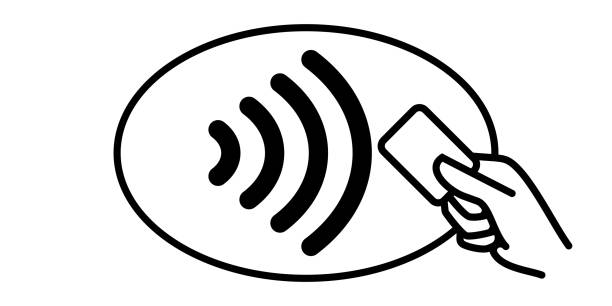Radio Frequency Identification (RFID) cards are becoming increasingly commonplace due to their convenience and versatility in various industries. These cards utilize electromagnetic fields to wirelessly transmit information between a reader and the card, enabling quick identification and tracking capabilities.
There are different types of RFID cards based on their functionality and frequency range, such as Low-Frequency (LF), High-Frequency (HF), and Ultra-High-Frequency (UHF) cards. Each type has its own unique features and benefits for specific applications. LF cards operate at frequencies below 125 kHz and offer short read ranges, making them suitable for access control and animal tracking. HF cards work at frequencies between 13.56 MHz and provide moderate read ranges, ideal for ticketing systems and payment solutions. Lastly, UHF cards function at frequencies between 860 MHz and 960 MHz, offering long read ranges and high data transfer rates, commonly used in supply chain management and inventory control.
One popular application of RFID cards is user authentication and profile creation in home automation systems. For instance, Ralph Yamamoto shares his experience setting up a system that uses RFID tags to enable user authentication and personalized settings for a home automation remote controller. By integrating RFID readers and cards into these systems, users can enjoy seamless interaction with devices without manually inputting credentials or navigating menus.
When working with RFID cards, developers must consider factors like compatibility with various card types, communication protocols, and hardware platforms. In Yamamoto’s case, he chose an RC522 RFID Reader/Writer module, which supports several Mifare card types and interfaces with SPI, I2C, and Serial UART. This flexibility allows developers to tailor their projects according to their needs and preferences.
Moreover, understanding how to read and write data onto RFID cards is essential for creating custom applications. Yamamoto demonstrates this by authenticating and modifying data stored within a Mifare 1KB card. Reading and writing capabilities open doors to numerous possibilities, including storing sensitive data securely, managing access permissions, and implementing interactive experiences.
As RFID technology evolves, we can expect further advancements and innovations in its applications. From enhancing security measures to streamlining business operations, RFID cards continue to play a significant role in modernizing various aspects of our lives.




